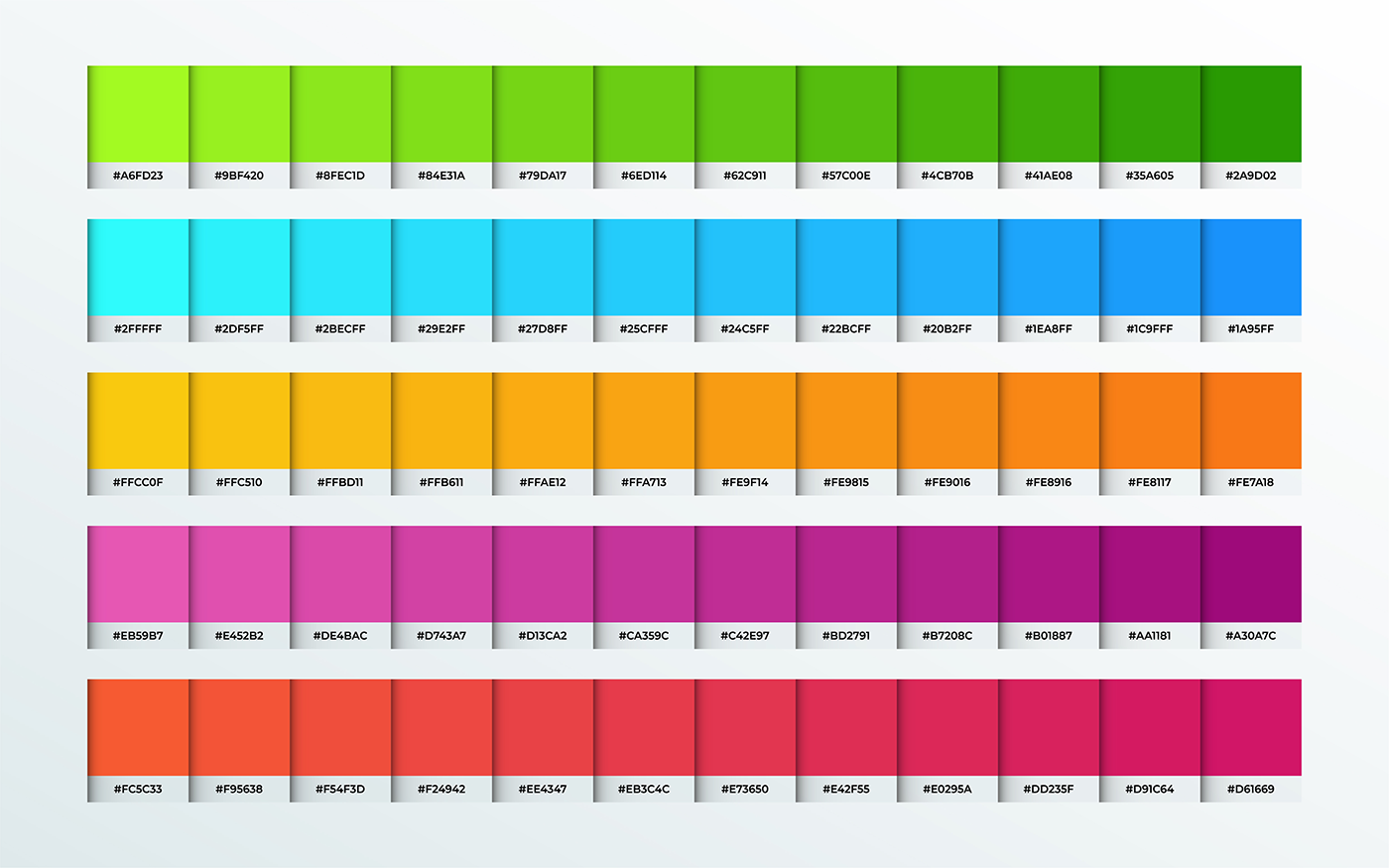A Series
A9
Belonging to the ISO 216 standard, A9 paper size is a critical component of the A-series. This series is renowned for its logical and user-friendly structure, where each subsequent size is precisely half of its predecessor. The dimensions of an A9 sheet are 37mm x 52mm or 1.46" x 2.05", making it one of the smallest sizes in the series.
Despite its diminutive stature, A9 holds significant importance in specific applications. It's commonly used for small tickets or tokens due to its compact size that fits perfectly into wallets and pockets without any hassle.
A9 paper dimensions
Specs
| Format | in | mm | cm | pt |
|---|---|---|---|---|
| 2A0 | 46.81 x 66.22 | 1189 x 1682 | 119 x 168 | 3370 x 4768 |
| A12 | 0.51 x 0.71 | 13 x 18 | 1 x 2 | 37 x 51 |
| 4A0 | 66.22 x 93.62 | 1682 x 2378 | 168 x 238 | 4768 x 6741 |
| A11 | 0.71 x 1.02 | 18 x 26 | 2 x 3 | 51 x 74 |
| A10 | 1.02 x 1.46 | 26 x 37 | 3 x 4 | 74 x 105 |
| A3+ | 12.95 x 19.02 | 329 x 483 | 33 x 48 | 933 x 1369 |
| A1+ | 23.98 x 35.98 | 609 x 914 | 61 x 91 | 1726 x 2591 |
| A0+ | 35.98 x 50.87 | 914 x 1292 | 91 x 129 | 2591 x 3662 |
| A6 | 4.13 x 5.83 | 105 x 148 | 11 x 15 | 298 x 420 |
| A5 | 5.83 x 8.27 | 148 x 210 | 15 x 21 | 420 x 595 |
| A4 | 8.27 x 11.69 | 210 x 297 | 21 x 30 | 595 x 842 |
| A3 | 11.69 x 16.54 | 297 x 420 | 30 x 42 | 842 x 1191 |
| A9 | 1.46 x 2.05 | 37 x 52 | 4 x 5 | 105 x 147 |
| A2 | 16.54 x 23.39 | 420 x 594 | 42 x 59 | 1191 x 1684 |
| A8 | 2.05 x 2.91 | 52 x 74 | 5 x 7 | 147 x 210 |
| A1 | 23.39 x 33.11 | 594 x 841 | 59 x 84 | 1684 x 2384 |
| A7 | 2.91 x 4.13 | 74 x 105 | 7 x 11 | 210 x 298 |
| A0 | 33.11 x 46.81 | 841 x 1189 | 84 x 119 | 2384 x 3370 |
The unique aspect about ISO standards like A9 lies in their aspect ratio - a consistent ratio of width to height as √2:1 across all sizes. This means when you fold an A-series paper in half along its longest side, you'll get two sheets of the next size down with no wastage or resizing required.
Apart from ISO standards, there's also an ANSI series prevalent mainly in North America. However, unlike ISO’s logical progression, ANSI sizes don't maintain a constant aspect ratio which can lead to wastage during scaling or resizing.
While seemingly unassuming at first glance, the humble A9 paper size carries with it a rich history and practicality that makes it indispensable in certain contexts.
Other Formats in the A Series
Interesting facts about A9
1: A9 Paper Size
A9 paper is one of the smallest standardized paper sizes in the ISO 216 series. It measures 37 x 52 mm or approximately 1.5 x 2 inches.
2: Common Uses
A9 paper is commonly used for small notes, labels, and business cards due to its compact size.
3: Envelope Compatibility
A9 paper fits perfectly inside a C6 envelope, which measures approximately 114 x 162 mm or about 4.5 x 6.4 inches.
4: Historical Origin
The ISO A-series paper sizes were first introduced in Germany in the early twentieth century and later adopted internationally as a standard for paper sizing.
5: Proportional Ratios
The A-series papers have a unique feature where each size is exactly half the area of the next larger size. For example, an A8 sheet is half the size of an A7 sheet, and so on.
6: International Standardization
The ISO (International Organization for Standardization) established the A-series as an international standard in order to promote compatibility and ease of use across different countries and industries.
7: Mathematical Precision
The aspect ratio of all ISO A-series papers is √2 (approximately equal to1.414), which means that when you fold a sheet in half along its shorter side, you get two smaller sheets with the same proportions as the original one.
8: Wide Adoption
The ISO A-series has been widely adopted in many countries around the world, including most of Europe, Asia, and South America.
9: A9 vs. A4
A9 paper is 16 times smaller than A4 paper, which is the most commonly used size for general printing and office documents.
10: Specialized Printing
Due to its small size, A9 paper is often used for specialized printing applications such as microprinting or security features on banknotes and official documents.





